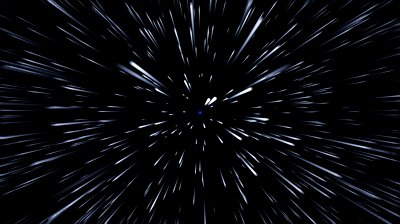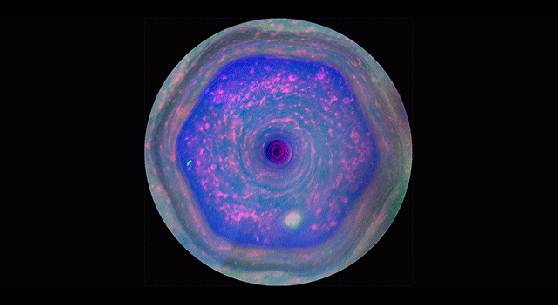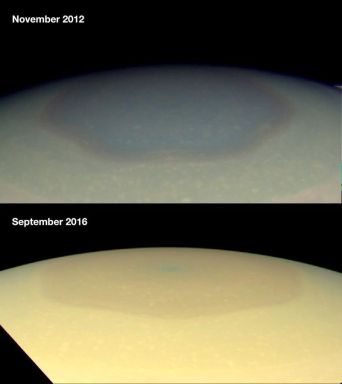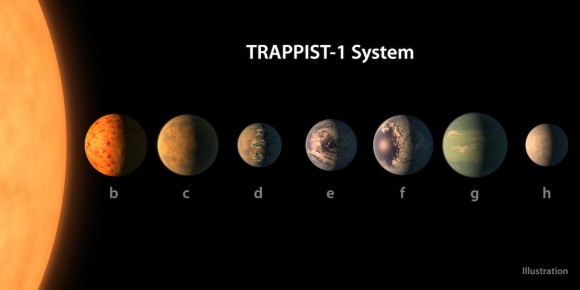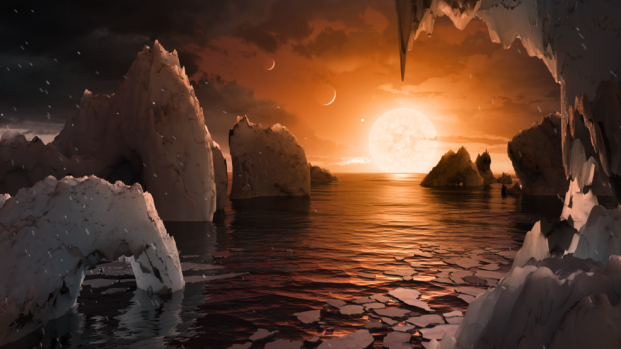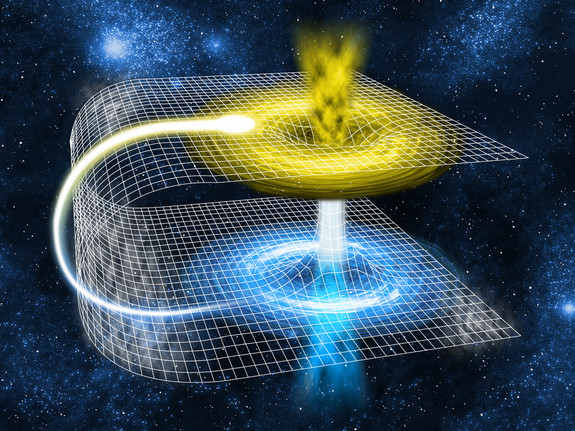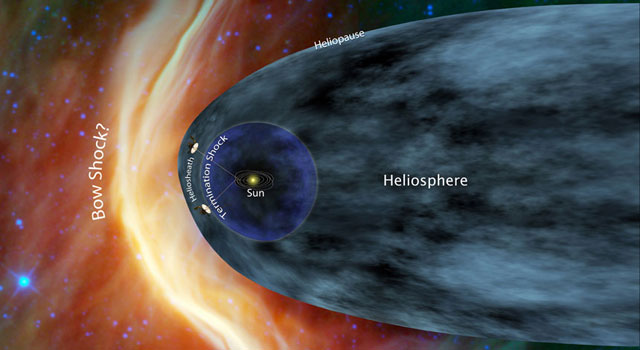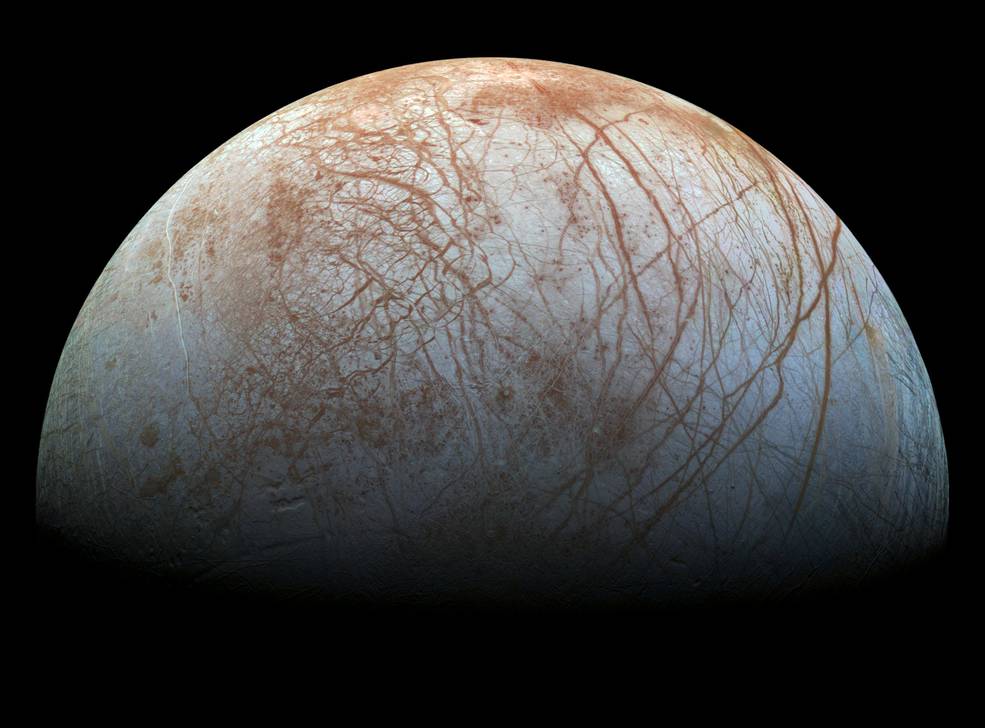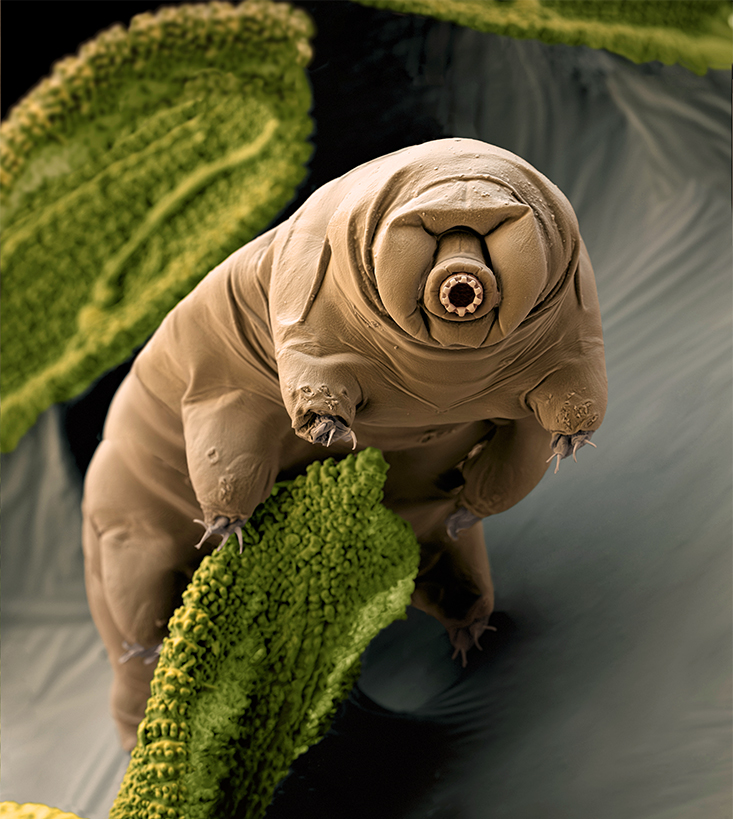
I almost fell out of my seat when I flipped the page in Cosmic Perspective and saw the crunched, grumpy looking face of the tardigrade. It had to be an artist representation, I thought, for nothing (on this planet) could really look like that. I was, obviously, completely wrong. Not only are these tiny animals perhaps the strangest looking thing to exist on this planet, they might be one of the strangest looking things to exist in space. For these little creatures are standalone in myriad ways, not least of all the fact that they are completely capable for spending days on end in the near-vacuum of space. (Cue me, again, almost falling out of my seat)
They look like some cross between millipede and air-mattress, like a strange plastic blown up to capacity. Folds in their (can we call it) skin, and bunches on their (can we call it) stomach look like the upholstery on a nice leather couch. And they are nothing if not an extremophile. With over 1,000 identified species of tardigrade, some of the wildest of them are living in boiling hot springs or surviving under feet of ice in the Himalayan mountains. They are nearly impervious, remaining living and fertile even after being exposed to various extreme extremes, including the vacuum of space itself. But HOW?! It turns out these little creatures are equipped with a profoundly impressive defense mechanism, which can allow them to exist in a dehydrated state and exist for years without water. They go quasi-raisin, and then bing! Come right back to life when water hits them. Like those sponge tablets where you can grow a dinosaur, so can you sponge grow a space-bound tardigrade.
These little moss piglets give me a profound amount of hope, and feel like an extremely big piece of evidence showing that if here on Earth we have such an innocuous and tiny little creature who can exist not only on another planet, but in the vacuum of space, the notion that there is not life elsewhere is p-r-e-posterous.
If you want to read more about these crazy cool dudes, click here.

